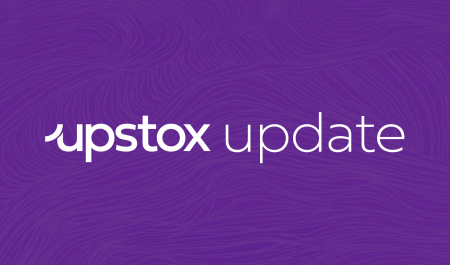The State Goods and Services Tax (SGST) stands as a pivotal element in the Indian tax system. As an integral part of the broader Goods and Services Tax (GST) framework, SGST plays a crucial role in shaping the financial landscape of the nation.
State Goods and Services Tax, commonly known as SGST, constitutes one of the three important components of the GST in India, alongside Central Goods and Services Tax (CGST) and Integrated Goods and Services Tax (IGST).
SGST holds significance in the context of intra-state transactions. Enshrined in the State Goods and Services Tax Act of 2016, SGST is a cornerstone of the "one tax, one nation" philosophy, streamlining the indirect taxation structure across the country.
A Closer Look
SGST, in essence, is a tax levied by states on the supply of goods and services within their territorial boundaries. Its primary objective is to ensure that the revenue generated from transactions that occur within a state contributes to the state's economic growth.
The tax is imposed on the transaction value of goods or services, as stipulated in section 15 of the SGST Act. The transaction value denotes the actual price paid or payable for the supplied goods or services. Notably, the tax revenue is collected by the state where the goods or services are consumed, diverging from the state where they are manufactured.
SGST operates at the state level, as a part of a dual administration structure. The revenue collected is distributed between the central and state governments, fostering financial autonomy for states.
The businesses can avail the benefits of the Input Tax Credit (ITC) system under SGST to offset the tax they paid on purchases against their total tax liability.
Example of CGST and SGST
To understand the CGST and SGST better let’s take the example of a trader based in Gurgaon, Haryana, with a pan-India operation. For instance, if the trader supplies goods worth ₹15,000 to a customer in Bengaluru, Karnataka, GST at 18% will be applicable, including both CGST and SGST at 9% each. The trader will collect ₹2,700 towards GST. Out of the total amount, ₹1350 will go to the central government (CGST) and the remaining amount will be deposited with the Haryana government (SGST).
Applicability of SGST
The applicability of SGST, UTGST, and other tax components hinges on the nature of the transaction. Taxes are imposed depending on Intra-State Supply and Inter-State Supply.
In Intra-State Supply, where the supplier and the place of supply reside in the same State or Union Territory, both CGST and SGST are collected.
On the other hand, when the supplier's location and the place of supply are in different states or Union Territories it is considered as Inter-State Supply.
Pros and Cons of SGST
While SGST encompasses most goods and services, certain exemptions and special provisions exist. Businesses are required to register under SGST to ensure compliance as per the existing regulations. Let us weigh the pros and cons of the system:
The implementation of SGST streamlines taxation and it reduces complexities while promoting ease of doing business. SGST contributes significantly to state revenue, fostering economic development.
However, despite its merits, SGST system is not free of limitations. Compliance complexities, dual administration issues and the potential for tax evasion pose challenges. To address these concerns, continuous improvements and refinements in the SGST framework are being undertaken by the GST Council.
SGST rate revisions
Since the implementation of GST, the rates, including SGST, have undergone several revisions. The GST Council, the apex body regulating the tax framework, reviews tax slabs and lists of goods and services from time to time. The 48th GST Council Meeting on December 17, 2022, marked the latest rate revision. The GST Council at its meetings has discussed and introduced several revisions, reflecting the dynamic nature of the GST framework in response to evolving economic conditions and legislative considerations.



